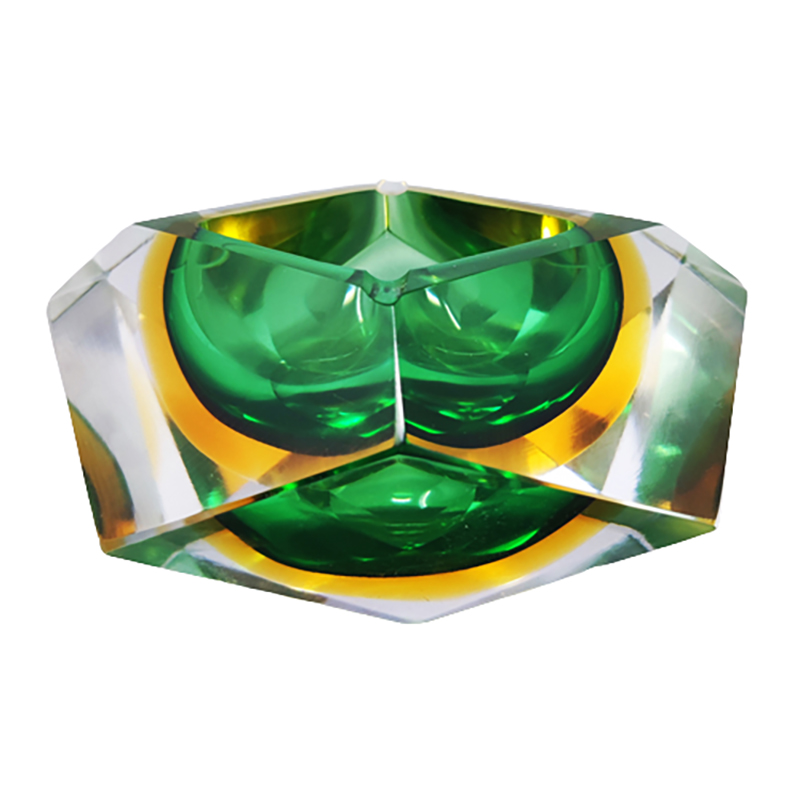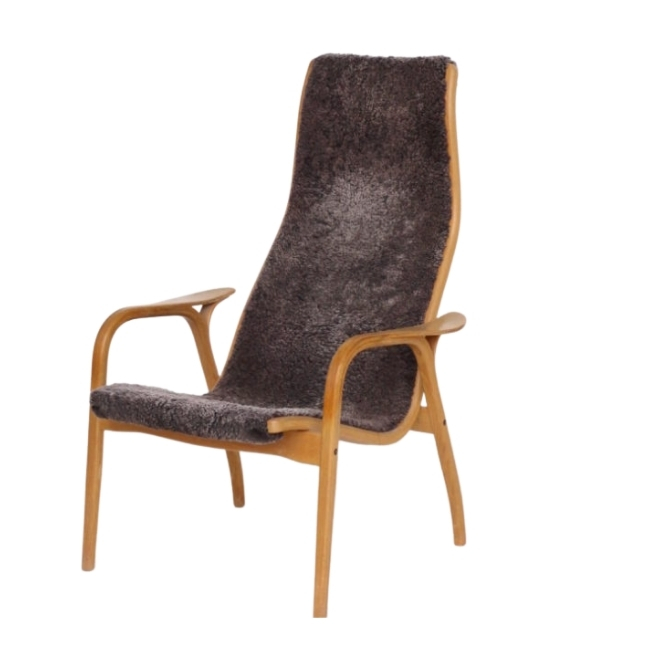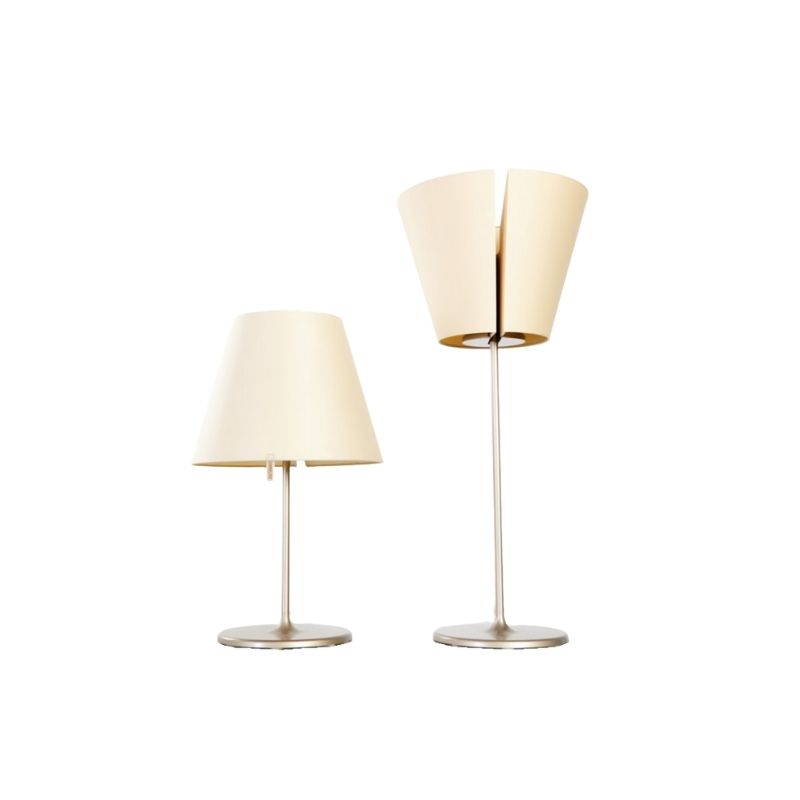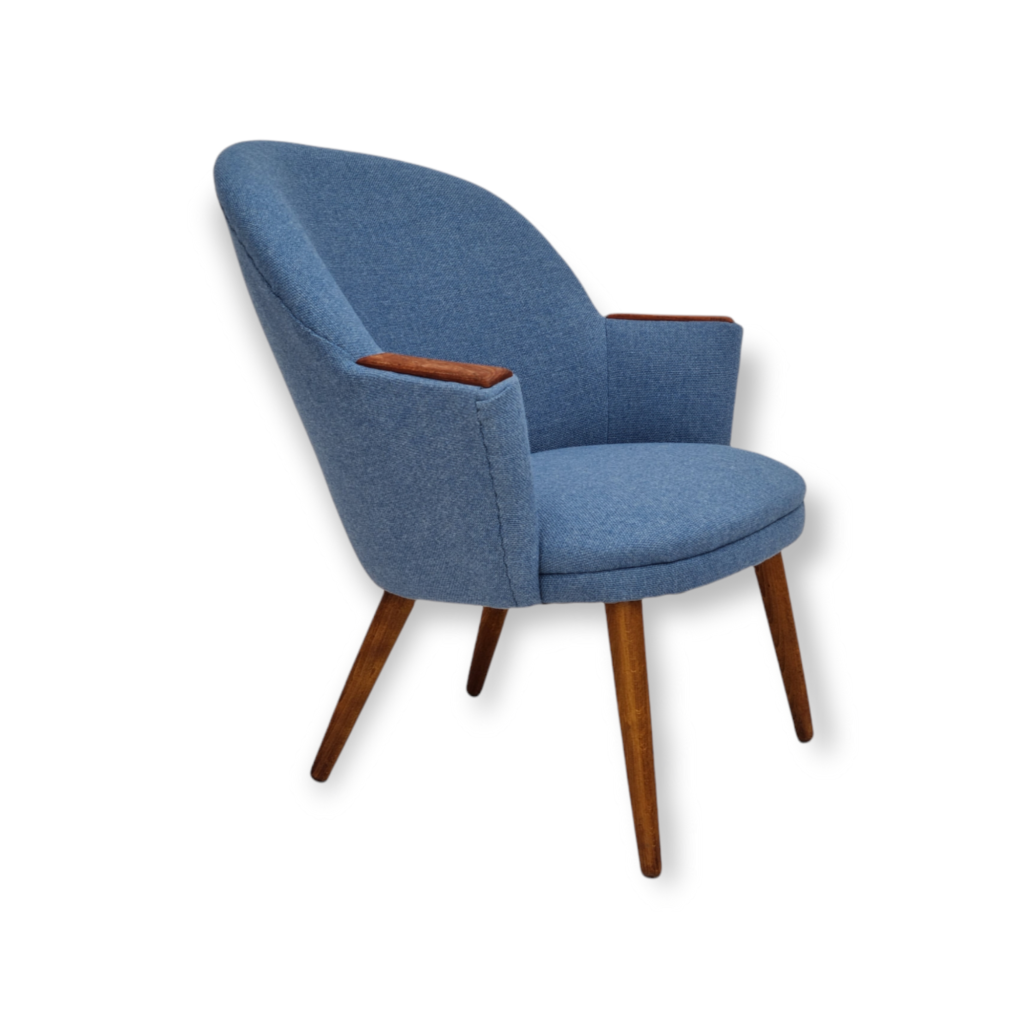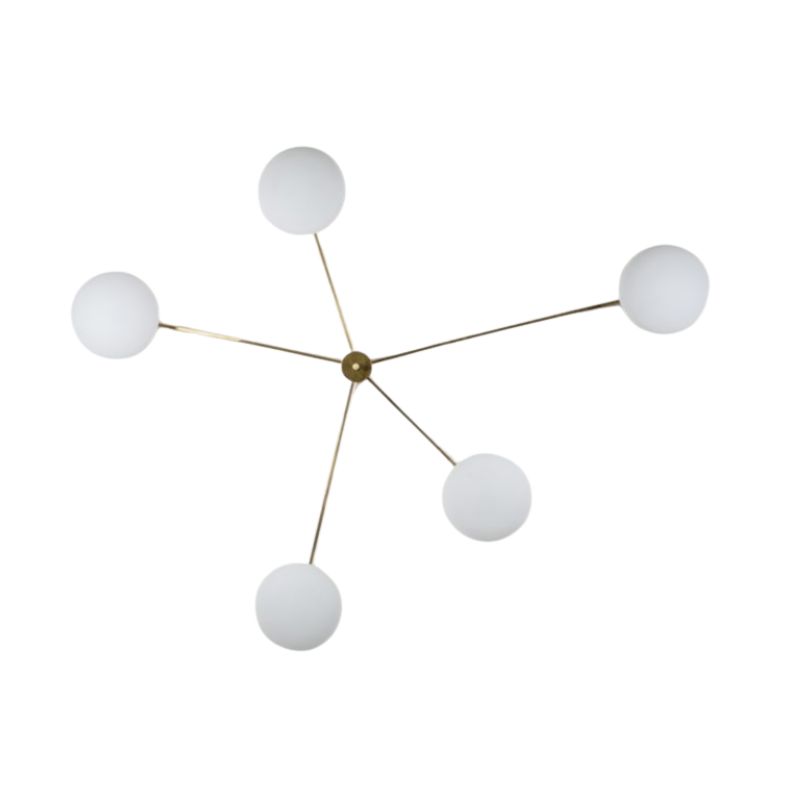Well. . .
Practicing psychoanalysis without a license, on a "patient" you've never met, might be a stretch. Considering that, you got quite a ways down a reasonably valid road, perhaps. That is, just because he had sisters doesn't necessarily mean that he didn't have the sort of relationship with his mother that you describe. Indeed, we might be surprised that he didn't turn out to be gay ! (There is no sign of that, however. . .)
All that about his clothing kind of eludes me -- but then again I'm not a shrink, either, so -- who knows ?
Perhaps we could have some more of the real deal: further quotes from the autobiography ? Coming up. . .
I read a book last year...
by a female author written from the POV of FLW's mistress that he then married, and who was murdered at Taliesin. Allowing that novels, especially novels written by women, about women protagonists, are about making protagonists look compelling, and their love interests subservient in the drama, I still thought an aspect of Wright was portrayed in an interesting and informative way. The novel made quite a lot of Wright's financial problems, which most know about, but also quite a lot about Wright hustling Japanese art to make ends meet when the commissions began to thin out around the time of the scandal surrounding the end of his first marriage and his living unmarried with Mamah, or whatever her name was. Wright was not just a brilliant architect. He was quite a wheeler dealer, too.
Wright did
not marry Mamah Cheney (may-ma chee-nee), the woman who was killed while living with him at Taliesin, in 1914. He married three other women, however. See link.
Perhaps you are thinking of "The Women," by male writer T C Boyle ?
http://www.nytimes.com/2009/02/01/books/review/Scott-t.html?_r=1
Nobody said these matters are easily absorbed -- though a little Googling produced the results noted here. (I have not myself committed all the facts to memory, despite reading about them for half a century. . .)
Wright collected Asian art, and particularly Japanese prints, because he loved them; he began dealing in them as well, and eventually used his large collection as a cash resource, and as a source of gifts.
http://marriage.about.com/od/thearts/a/flwright.htm
Oh, yes
You read "Loving Frank," by Nancy Horan. Forgot about that one. Did you like it ?
http://www.amazon.com/Loving-Frank-Novel-Nancy-Horan/dp/0345494997
Not just to defend the Victorian prose of Wright
Wright was imprisoned in his early language and always wrote with his voice not his pen. But?
A sunset is functional, practical and useful. It separates day from night in a gradual display of changing color and light. If given attention, sunsets serve to slowly move our thinking from the flow of dutiful activity into the marvel of the moment. What would night be without with the prologue sunset? Indeed how could the days go from night's dark to light or light to dark without the mediation of sunrise sunset?
Thanks to SDR for guiding me to this forum. Palli
Like it?
To the extent that one can enjoy a book that is...almost certain to end with the heroine's death, yes.
There was something disturbing about Mamah and about FLW's attraction to her. I did not like Mamah, as portrayed, but rather found her morbidly fascinating. Not great writing, but skillfully manipulative story telling that makes you read to the end. Her being large figure with a larger personality made an interesting opposite for FLW.
We are lead to believe Mamah and Frank might possibly have been gotten it all together eventually, had the mad man not shot her.
It is essentially the story of how difficult it is to transform an affair into a functional relationship.
It is also the story of an enormously brilliant woman with a flaw in her character that kept her from ever really accomplishing great things on her own.
I'm glad someone commented...
I'm glad someone commented on the practicality of sunsets, thanks Palli for that. The FLW quote - as an extract of book titled A New Treasury of Words To Live By - has an unfortunate Readers Digest or Guideposts kind of quality to it. I think most of us who read today probably have a tendency to approach anything from a tome with a title that starts with 'A New Treasury' with a bit of skepticism, let alone the addition of 'Words To Live By'. As titles go, that's a postmodern nightmare.
I was also wondering how many people - even those who have read a great deal on and by Frank Lloyd Wright - might think he was an only child. Such I sense is commonplace for individuals of iconic or mythological status - we simply come to think about certain folks in a very singular fashion.
SDR or someone will correct me, but I don't think Wright did a lot to dispel any notion that he was an (or thee) only child either.
Heh-heh.
Well, that may be true. After all, he would sometimes appear to have liked others to see him as the only architect in the world -- other than perhaps Louis Sullivan. (He often referred to his "dear Master" -- using the German phrase, for some reason -- who he gave credit for a propitious start in the profession.)
I don't believe any guns were involved in the 1914 Taliesin massacre; rather, those killed were attacked with an ax, at the only exit which had not been blocked. The residence was then set on fire. The perpetrator was found nearby; he had ingested acid, and died in custody. A very sad tale. Mamah and two of her children were among the victims; Wright was at work in Chicago.
Okay --
enough of this pleasant banter. As promised earlier, here are more of the man's words, from the autobiography. Wright here gives, in a couple of pages, virtually the only description he was ever to provide, of how the Prairie House, his first significant body of work (so named after the fact, by others) came into being. He is writing c. 1932, about events of the late 1890s. These words will have meaning to anyone interested in modernist architecture, I think:
BUILDING THE NEW HOUSE
FIRST thing in building the new house, get rid of the attic, therefore the dormer. Get rid of the useless false heights below it. Next, get rid of the unwholesome basement, yes absolutely -- in any house built on the prairie. Instead of lean, brick chimneys bristling up everywhere to hint at Judgment, I could see necessity for one chimney only. A broad generous one, or at most two. These kept low-down on gently sloping roofs or perhaps fiat roofs. The big fireplace in the house below became now a place for a real fire. A real fireplace at that time was extraordinary. There were mantels instead. A mantel was a marble frame for a few coals in a grate. Or it was a piece of wooden furniture with tile stuck in it around the grate, the whole set slam up against the plastered, papered wall. Insult to comfort. So the [i]integral[/i] fireplace became an important part of the building itself in the houses I was allowed to build out there on the prairie.
It comforted me to see the fire burning deep in the solid masonry of the house itself. A feeling that came to stay.
TAKING a human being for my scale, I brought the whole house down in height to fit a normal one -- ergo, 5' 8 1/2" tall, say. This is my own height. Believing in no other scale than the human being I broadened the mass out all I possibly could to bring it down into spaciousness. It has been said that were I three inches taller than 5' 8 1/2" all my houses would have been quite different in proportion. Probably.
House walls were now started at the ground on a cement or stone water table that looked like a low platform under the building, and usually was. But the house walls were stopped at the second-story windowsill level to let the bedrooms come through above in a continuous window series below the broad eaves of a gently sloping, overhanging roof. In this new house the wall was beginning to go as an impediment to outside light and air and beauty. Walls had been the great fact about the box in which holes had to be punched. It was still this conception of a wall-building which was with me when I designed the Winslow house. But after that my conception began to change.
cont.
My sense of "wall" was no longer the side of a box. It was enclosure of space affording protection against storm or heat only when needed. But it was also to bring the outside world into the house and let the inside of the house go outside. In this sense I was working away at the wall as a wall and bringing it towards the function of a screen, a means of opening up space which, as control of building-materials improved, would finally permit the free use of the whole space without affecting the soundness of the structure.
The climate being what it was, violent in extremes of heat and cold, damp and dry, dark and bright, I gave broad protecting roof-shelter to the whole, getting back to the purpose for which the cornice was originally designed. The underside of roof-projections was flat and usually light in color to create a glow of reflected light that softly brightened the upper rooms. Overhangs had double value: shelter and preservation for the walls of the house, as well as this diffusion of reflected light for the upper story through the "light screens" that took the place of the walls and were now often the windows in long series.
AND at this time I saw a house, primarily, as livable interior space under ample shelter. I like the [i]sense of shelter[/i] in the look of a building. I still like it
The house began to associate with the ground and become natural to its prairie site.
AND would the young man in Architecture believe that this was all "new" then? Yes -- not only new, but destructive heresy -- ridiculous eccentricity. All somewhat so today. Stranger still, but then it was [i]all so new[/i] that what prospect I had of ever earning a livelihood by making houses was nearly wrecked. At flrst, "they" called the houses "dress reform" houses because Society was just then excited about that particular reform. This simplification looked like some kind of reform to the provincials.
cont.
WHAT I have just described was on the [i]outside[/i] of the house. But it was all there, chiefly because of what had happened [i]inside.[/i]
Dwellings of that period were cut up, advisedly and completely, with the grim determination that should go with any cutting process. The interiors consisted of boxes beside boxes or inside boxes, called [i]rooms.[/i] All boxes were inside a complicated outside boxing. Each domestic function was properly box to box.
I could see little sense in this inhibition, this cellular sequestration that implied ancestors familiar with penal institutions, except for the privacy of bedrooms on the upper floor. They were perhaps all right as sleeping boxes. So I declared the whole lower floor as one room, cutting off the kitchen as a laboratory, putting the servants' sleeping and living quarters next to the kitchen but semi-detached, on the ground floor. Then I screened various portions of the big room for certain domestic purposes like dining, reading, receiving callers.
There were no plans in existence like these at the time. But my clients were all pushed toward these ideas as helpful to a solution of the vexed servant problem. Scores of unnecessary doors disappeared and no end of partition. Both clients and servants liked the new freedom. The house became more free as space and morc livable too. Interior spaciousness
began to dawn.
Thus came an end to the cluttered house. Fewer doors; fewer window holes though much greater window area; windows and doors lowered to convenient human heightso These changes once made, the ceilings of the rooms could be brought down over on to the walls by way of the horizontal broad bands of plaster on the walls themselves above the windows and colored the same as the room-ceilings. This would bring ceiling-surface and color down to the very window tops. Ceilings thus expanded by way of the wall band above the windows gave generous overhead even to small rooms. The sense of the whole broadened, made plastic by this means.
cont.
Here entered the important new element of plasticity -- as I saw it. And I saw it as indispensable element to the successful use of the machine. The windows would sometimes be wrapped around the building corners as inside emphasis of plasticity and to increase the sense of interior space. I fought for outswinging windows because the casement window associated house with the out-of-doors gave free openings outward. In other words, the so~caUed casement was not only simple but more human in use and effect. So more natural. If it had not existed I should have invented it. But it was not used at that time in the United States so I lost many clients because I insisted upon it. The client usually wanted the double-hung (the guillotine window) in use then, although it was neither simple nor human. It was only expedient. I used it once, in the Winslow house, and rejected it forever thereafter. Nor at that time did I entirely eliminate the wooden trim. I did make the "trim" plastic, that is to say, light and continuously flowing instead of the prevailing heavy "cut and butt" carpenter work. No longer did trim, so-called, look like carpenter work. The machine could do it all perfectly well as I laid it out, in this search for quiet. This plastic trim enabled poor workmanship to be concealed. There was need of that much trim then to conceal much in the way of craftsmanship because the battle between the machines and the Union had already begun to demoralize workmen.
Machine-resources of this period were so little understood that extensive drawings had to be made merely to show the mill-man what to leave off. Not alone in the trim but in numerous ways too tedious to describe in words, this revolutionary sense of the plastic whole began to work more and more intelligently and have fascinating unforeseen consequences. Nearly everyone had endured the house of the period as long as possible, judging by the appreciation of the change. Here was an ideal of organic simplicity put to work, with historical consequences not only in this country but especially in the thought of the civilized world.
_________________________________________________________________________
This is immediately followed by the four paragraphs on "Simplicity" which I posted earlier (above). Together, these are pages 141-144 in the 1943 edition of "An Autobiography" (Frank Lloyd Wright; Duell, Sloan & Pearce, New York)
If you need any help, please contact us at – info@designaddict.com



